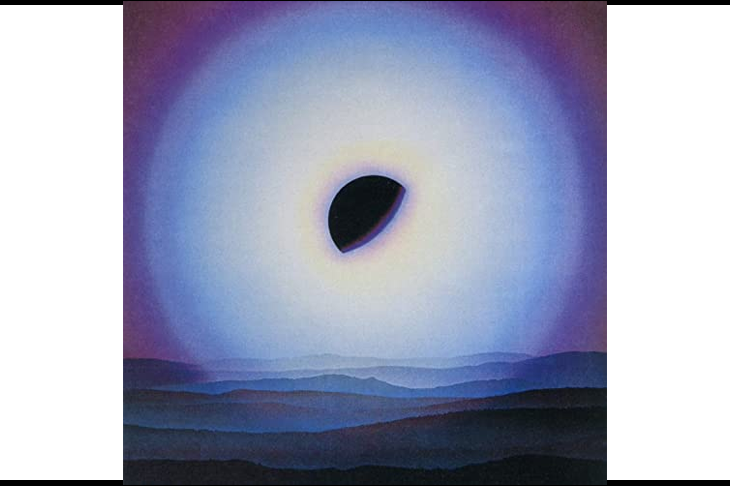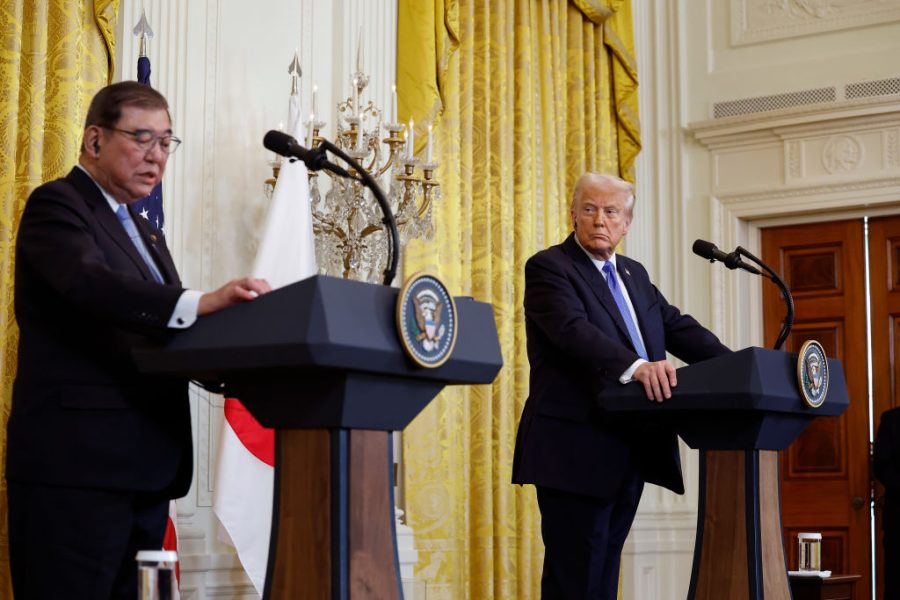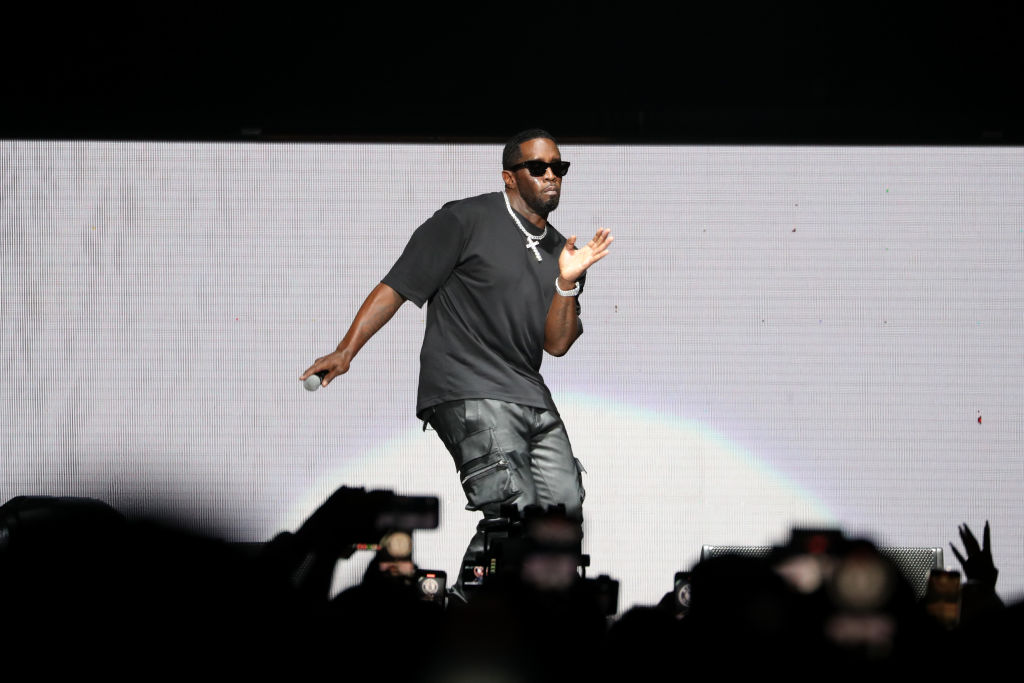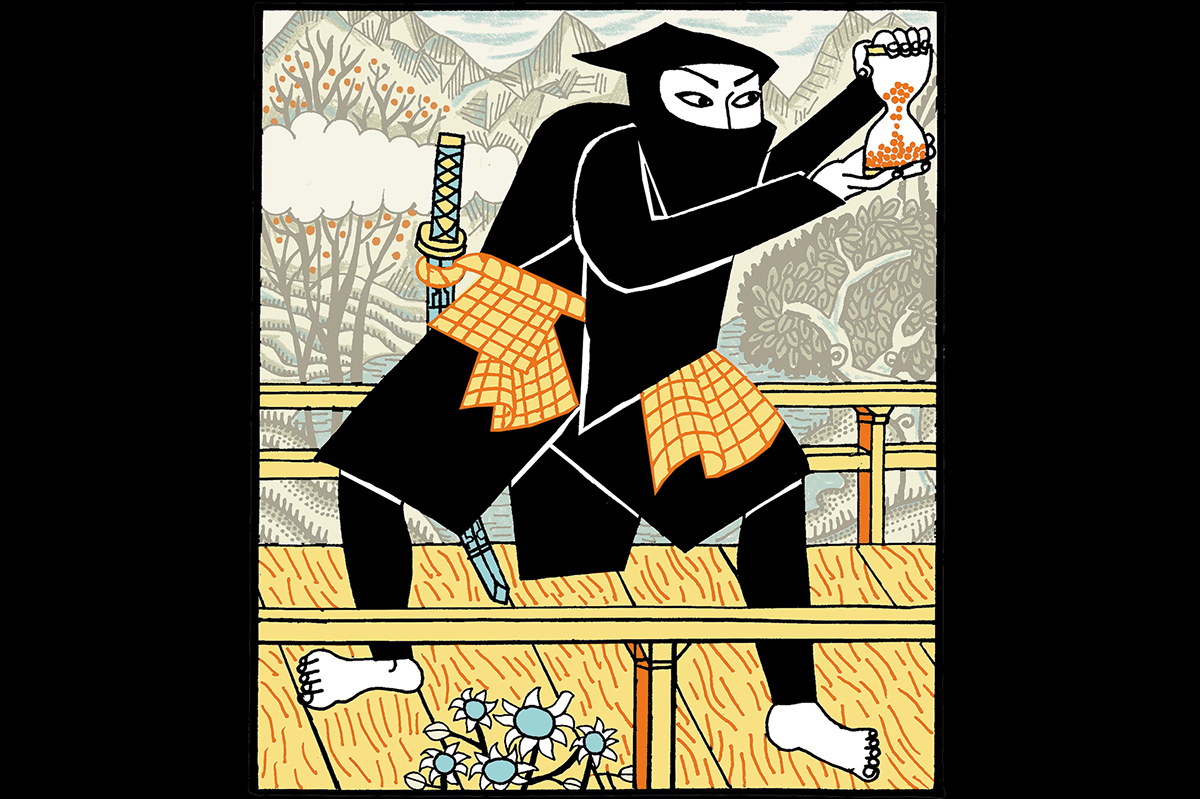The history of late-20th-century Japanese pop music can seem like an impenetrable forest to western minds. But stare past the trees and there is light from a parallel universe. The Japanese Group Sounds records of the mid-Sixties (the Spiders, the Tempters and er, the Mops) were heavily influenced by the original moptops’ Budokan Temple show of 1966 and surf bands such as the Ventures. The university campus hard rock of Tokyo’s late-Sixties freak scene — Les Rallizes Dénudés, Flower Travellin’ Band, Speed, Glue and Shinki — and the lysergic rock soundtracks to Shuji Terayama’s revolutionary theater plays by the great J.A. Caesar bore the heavy burden of West Coast acid rock as much as they dug the British bogtrotter riffery of such hairies as Deep Purple, Man and Black Sabbath. Throw in Akita Masimi’s Merzbow in the late Seventies, and you have a neat correlation to New York’s No Wave scene.
Which brings us to what Japanophile David Bowie once referred to as ‘the dreadful Eighties’. (That was Bowie’s prediction for a new decade, not his retrospective comment on his Eighties’ output.) While the West had the Cold War, Ronald Reagan, Thatcher, Tipper Gore’s moral crusade and the Miami Vice theme tune, Japan had prosperity, optimism, loads of bizarre porn and the solace of technological gadgetry. As the somewhat earnest sleeve notes to Somewhere Between are very keen to tell us.
Somewhere Between: Mutant Pop, Electronic Minimalism & Shadow Sounds of Japan, 1980-1988 is Light in the Attic’s latest compilation in the Japanese Archival Series. It follows on from Kankyo Ongalic’s Ambient, Environmental & New Age Music, 1980-1990, and the worryingly titled Pacific Breeze: Japanese City Pop, AOR & Boogie, 1976-1986. We are, had you not twigged already, in the world of spurious genres. Think of the horrific and recently named ‘yacht rock’, coined by some featherweight TV presenters in honor of the disastrous warblings of Toto, Hall and Oates and Phil-Collins-as-Lead-Singer Genesis — essentially Patrick Bateman’s record collection — and you have the occidental template for Japanese ‘city pop’. This genre of late-Seventies to early-Eighties Japanese synth pop is apparently not recognized by the average Osaka and Tokyo toetapper, mainly because, much like yacht rock, it didn’t exist at the time. But some of the songs, at least, are well known: the 1980 release ‘Mayonaka No Door’ (‘Stay With Me’) by 19-year-old Miki Matsubara has recently been resurrected as a viral hit via the TikTok app. It sounds like ‘Midnight at the Oasis’ performed by a cruise-ship band composed solely of small children.
Much of the music on Somewhere Between is similarly excellent in a way that you almost don’t need to listen to it if you have read the sleeve notes. Noriko Miyamoto’s ‘Arrows & Eyes’ is the kind of early doom-sequencer pop that David Bowie should have been making in the Eighties, had he followed his natural bent to the east rather than to Tin Machine and dressing up as a Goblin King in Labyrinth. Mishio Ogawa’s ‘Hikari No Ito Kin No Ito’ is something between a call to eat more additives and a manic airport announcement. R.N.A.- Organism’s curiously named ‘Weimar’ falls into the deep end of the pool now known as post-punk and swims around with the big fish from Shakespeare’s backyard, Swell Maps from Leamington Spa, without whom there would be no Sonic Youth.
Unlike Japanese acid rock, there is less a world to discover here than a world not to discover, such is the inclination toward discretion. Much like Brian Eno’s later efforts appear to have been written as soundtracks to a slow afternoon in a private dental practice in a largely depopulated village, the music itself almost sounds like an intrusion into the artist’s preferred state, total digital silence. For we have entered the shrine of minimalism, step by tiny step. A most misunderstood avant-garde concept, rendered impotent in the wealthy West by ‘creatives’ whose offices have no door handles, restaurants without food on plates, family homes that look like clinics for sexually transmitted diseases, and expensive coffeepots taking pride of place in provincial kitchens. In our lands of the rising price, not having ‘stuff’ is sophisticated.
Mark ‘Frosty’ McNeill, who compiled this LP with Yosuke Kitazawa, supplies some sincere but unintentionally funny sleeve notes about exciting new formats (he’s talking flexi-discs, folks) and mandatory air conditioners. For all the talk, there is a suspicion that Somewhere Between is a bit of a mop-up job after the two superior preceding volumes. Nevertheless, in its finer moments — ‘Sweet Sultan’ by D-Day, and the Holgar Czukay-esque ‘Hasu No Enishi’ by the rottenly named Dip in the Pool — Somewhere Between has, and let’s spit it out, some great rock ‘n’ roll synthesizer grooves. And then, much like life, 1980s consumer boom or not, it just goes quiet again.
Somewhere Between: Mutant Pop, Electronic Minimalism & Shadow Sounds of Japan 1980-1988 is issued by Light in the Attic in limited-edition purple vinyl ($40).

























